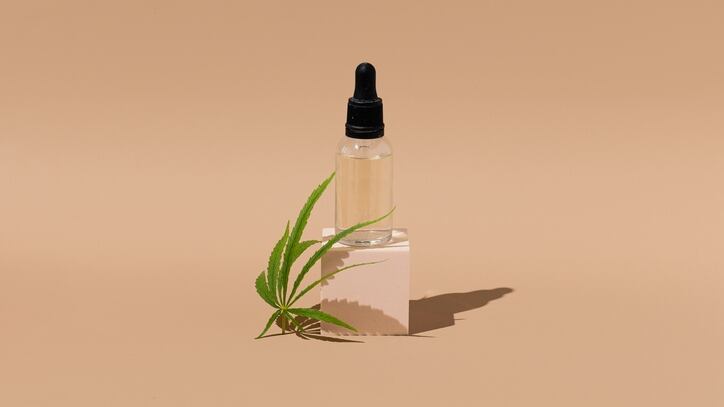CosmeticsDesign spoke with BASF Head of Marketing for Personal Care in North America Kate Drummond about the launch of the supplier's new ComfortBD ingredient, what went into bringing an ingredient into the highly regulated CBD space and what the beauty industry more broadly can take away from the development of the product.
Will you just give me an overview of this product?
We have launched a product called ComfortBD. It's a high-quality, fully traceable CBD ingredient grown in the United States. It's extracted using subcritical CO2. We've supported that launch with extensive in vitro and in vivo studies and demonstrated impressive results on the appearance of shiny, oily skin, as well as red and irritated skin while also bolstering the skin barrier.
Right now it's one product in the line, but we are exploring the benefits of cannabinoids across the board, in skin care and other applications.
How has the research process gone for creating those CBD lines?
Our goal with launching the product was a consistent, reliable product that's backed by all the quality controls and all the documentation that brands needed to feel confident about working with a CBD ingredient because we know this has been a pain point in the industry.
It wasn't just about riding the wave of the CBD trend, but we actually wanted to deliver a bioactive with demonstrated results on skin in vivo. In the end, the product that we chose to launch showed the best results in our labs and that just so happened to be a whole plant extract, which fully aligned with the expertise that BASF has in plants and botanical extraction.
How has your company worked around regulation around CBD in the US?
It's not so much as working around it, but really trying to understand it. The regulatory environment is challenging because it's constantly changing. We are a global company, obviously, but because the regulatory environment for CBD around the world is so varied we started with one market.
We wanted to ensure our customers could feel really confident about working with this product for their launches intended for the US market. But even just focusing on one market, we had multiple legal and regulatory consultations throughout the process to ensure we were approaching each stage in the right way and that we have the right framework in place to mitigate risks.
We're constantly evaluating the FDA's position on industrial hemp. In general, there's been broad adoption of CBD for topical use in the personal care industry. Based on our legal counsel, our regulatory council, watching the FDA’s movements, seeing how the industry was moving, and we felt confident about our ability to move forward with a launch for the US market that delivered on what we set out to deliver, which is quality, reliability and efficacy.
How is BASF balancing the demand for CBD ingredients and that extra legwork to make sure that you're within the regulatory bounds?
To be honest, we approach this product launch like we would any other cosmetic active ingredient. From the beginning with CBD, we knew that our claims needed to be focused on cosmetic appearance, reliability, stability and quality. That's what we've delivered to our customers.
Where brands can run into issues is when they are trying to associate CBD with a health claim, that's where you start running into FDA's prohibition on structure-function claims. CBD is just like any other cosmetic ingredient in that way. Cosmetics are not allowed to make structure-function claims.
What has BASF learned about the CBD space through the development of this line?
We learned a lot about what our customers need, which was a lot of the pain points in the industry around a lack of adequate product documentation, a lack of testing and a lack of reliability with some products that were being sourced from some smaller suppliers.
We learned a lot about how we could add value as a company like BASF with our standards and quality controls.
We also learned a lot through our research process about how efficacious some of these cannabinoids can be for skin. We're excited to continue learning in this process and continue to monitor the regulatory environment as well.
What can other beauty and personal care professionals learn from this ingredient launch?
We’ve delivered a new end-to-end supply process to deliver a reliable and consistent product every time. From an ingredient supplier perspective that’s something you really can't ignore.
Brands also need to be aware of how important this is to be able to fully trace the product from farm to end product and be able to fully validate the contents of the product through multiple rounds of quality testing.
What we've learned is that setting up that supply process is an intensive process. We also learned that the in vivo studies and in vitro studies to screen different extracts, isolates or products can also be extensive.
We learned a lot about the stability of cannabinoids both by themselves as well as in formulation. We've taken a lot of learnings from this first process, and we'll apply those to any future developments.


